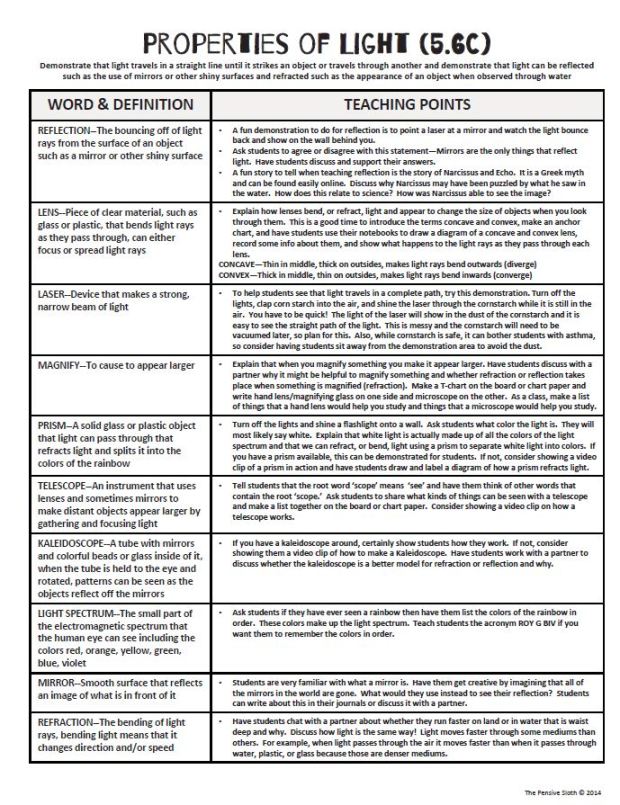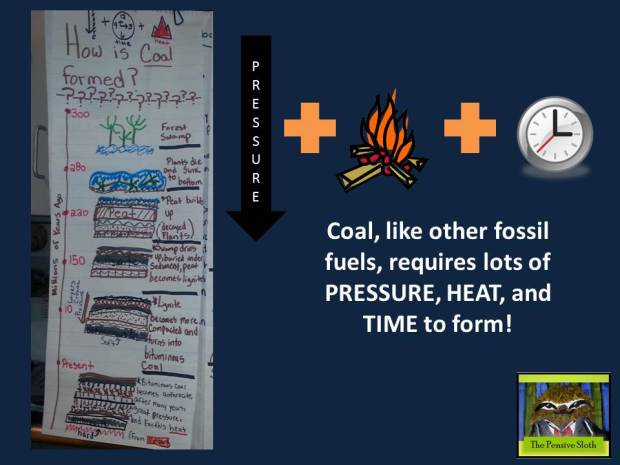
Learning new words can be tough and things have changed a lot since I was in 5th grade over 20 years ago. I remember getting a list of words from my teacher and using the dictionary or textbook glossary to copy the definitions verbatim from the book. Sometimes we would write the definition a few times or use the new terms to fill in the blanks. If we were lucky, we got to write a sentence with all 20 words for homework on Tuesday night. Now, those activities still have their place. There are times when using words in sentences and locating definitions is necessary and important, but I’ve learned after several years of teaching that those activities alone aren’t sticky, meaning that they don’t help students get to know and use new words.
My goal when teaching vocabulary is to give my students as many real experiences as I can with new words. Here are my top 4 things to do when teaching vocabulary:
1. Maximum Exposure–If they can see it, use it, touch it, etc. they are more likely to understand it. You and I know that a delta is a landform built up when sediment is dropped off at the mouth of a river, right? But what does that look like? How does the sediment get there? Will I ever get to see a delta if I live in west Texas? Simply showing a satellite photo of a few major deltas in the world can make this term come alive for students. Pull up an image of the Lena Delta from the Nasa Earth Observatory and talk about it. But, don’t just show them one delta. Then pull up an image of a different delta and observe, discuss, and sketch a diagram in science notebooks. Perhaps the Mississippi Delta in Louisiana. That second photo will help the new word stick. Why? Because now they have enough background to really analyze the Mississippi Delta and start asking some questions. They’ve seen one and can now make connections between the two pictures.
2. Variety is the Spice of Life–And also the spice of vocabulary instruction. If you use the same strategies for every word, every time, students get bored. Mix things up. The human brain perks up when something novel is happening. Use actions to represent words like predator (show claws and fangs) and prey (hands together like saying a prayer “Please don’t let me get eaten.”). Take student outside with hand lenses to look at the sediments in the sidewalk when talking about cementation. Hold a debate about whether their are more magnetic things in the room or more non-magnetic things.
3. Real-World Meanings–Sometimes giving an example or describing a word is more helpful than defining it. When learning new words, I like to get students to record what they think will help them remember what the word means, and that isn’t always just the definition. Model different ways to get to know new words and encourage students to write meanings that make sense to them, not just definitions.
4. YouTube–If you’ve read some of my other posts you know that I love using YouTube in the classroom. There are some things that can only be experienced live, and YouTube is the closest to live that we’ve got to observe such things as the tides coming in and out or a glacier moving over time. Give it a try! A 30 second clip can make a word of difference.
Looking to make vocabulary instruction come alive in your science classroom? How about a freebie for teaching properties of light that includes a foldable, cut and paste activity, quiz, AND teaching points for bringing vocabulary alive in the classroom!

Click the image to download a vocabulary unit for teaching Properties of Light.
FREEBIE–Properties of Light Vocabulary Unit

Plus, from NOW until January 4th, 2015. my science vocabulary units are on sale for only a dollar!
Physical Science Earth Science Life Science

Next stop…Misty Miller of Little Room Under the Stairs!When you make it through the whole hop, you will land at The Lesson Deli page where you can enter to win a $50 Target gift card! Best of luck and happy new year!








